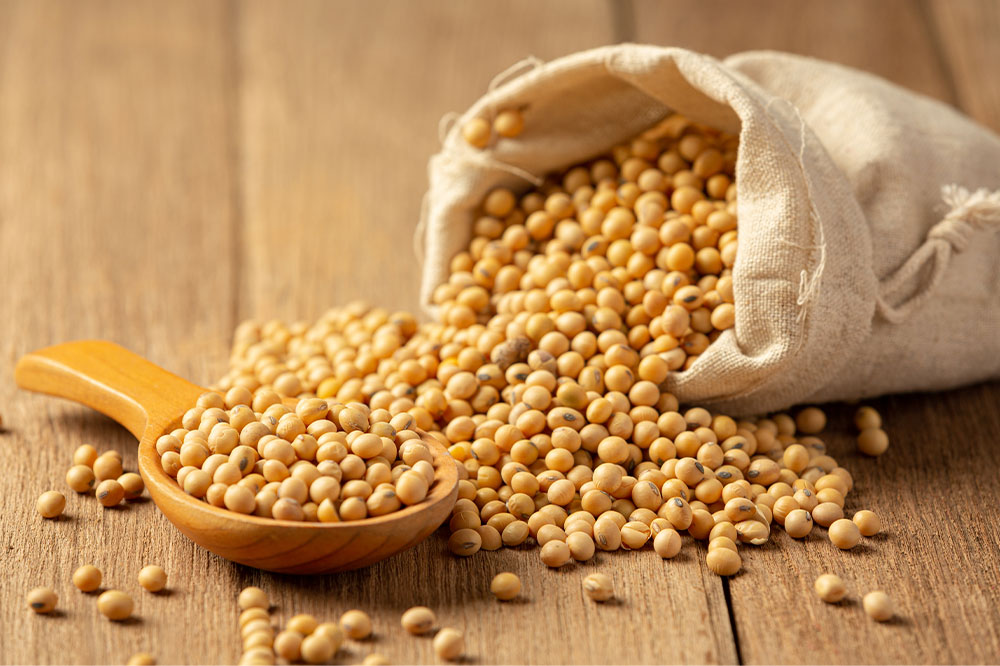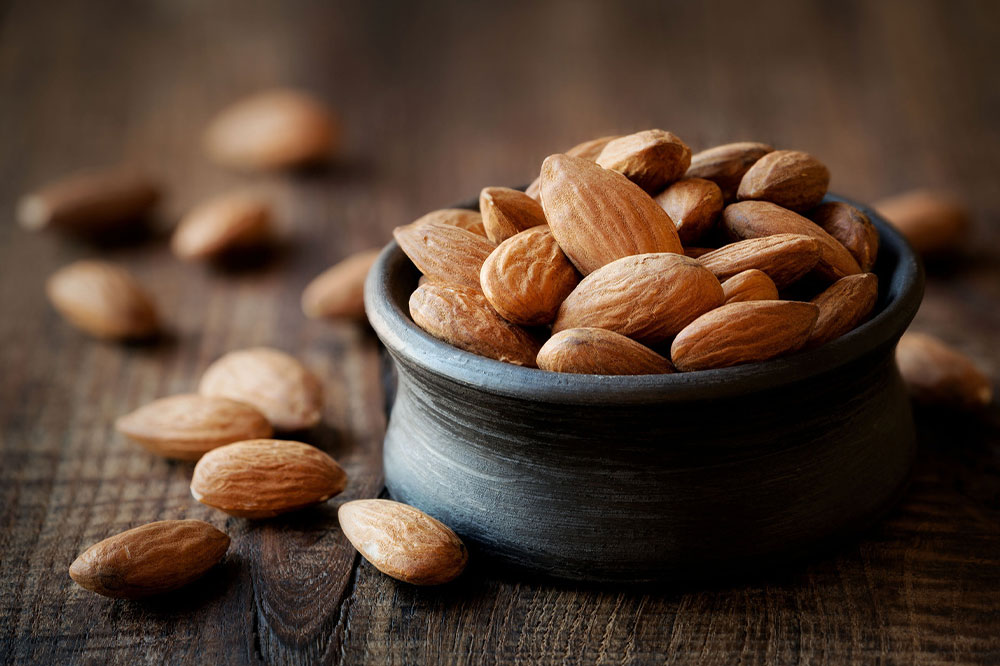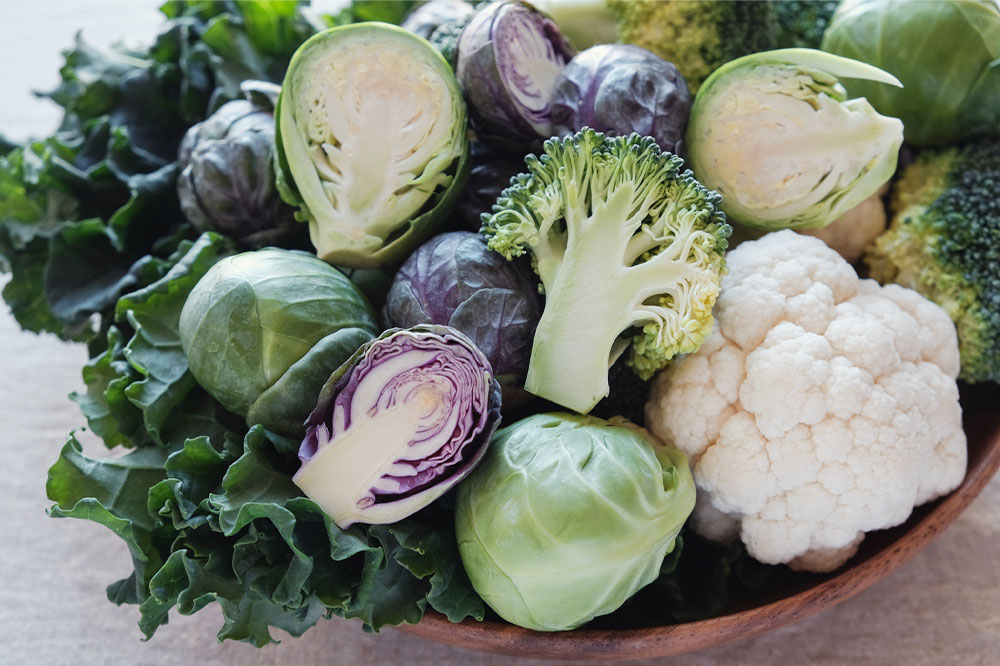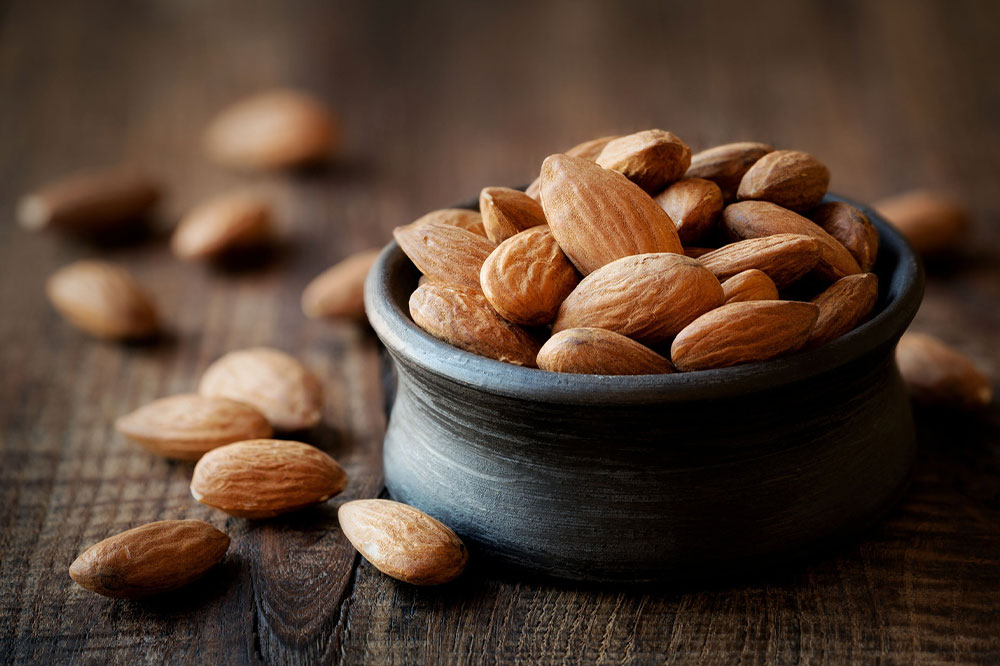Avoid these foods to help manage ADHD in children
Attention Deficit Hyperactivity Disorder or ADHD, is one of the most commonly diagnosed disorders among children. Its symptoms range from focus and attention problems to troubling behaviors depending on the severity of the condition. ADHD cannot be cured. But, it is possible to manage the symptoms and prevent the condition from worsening during adulthood. Doctors can suggest changes in daily nutrition to eliminate certain foods to better cope with symptoms and prevent flare-ups. Sweets Refined sugar is one of the primary ingredients to avoid as it is excessively used for making all sweets, candies, baked goods, confectioneries, frosting, and whipped cream. This list also includes artificial sweeteners used in beverages like colas, sodas, and store-bought fruit juices. Basically, anything that is artificially sweet will contain excessive refined sugars, causing inflammation of vital brain cells. Several studies have been done in this regard, with results pointing to the consumption of refined sugars as triggers hyperactivity among children. However, sugar is not a direct cause or trigger. Overconsumption mainly triggers problems with anxiety, depression, memory, and focus in general, all difficulties that are associated with neurological problems like ADHD. Limiting or eliminating sugars helps improve the overall outlook with ongoing treatment. Store-bought processed foods Many foods bought off the shelves in the supermarket contain some form of additive or preservative added to improve its shelf life.
Read More 









